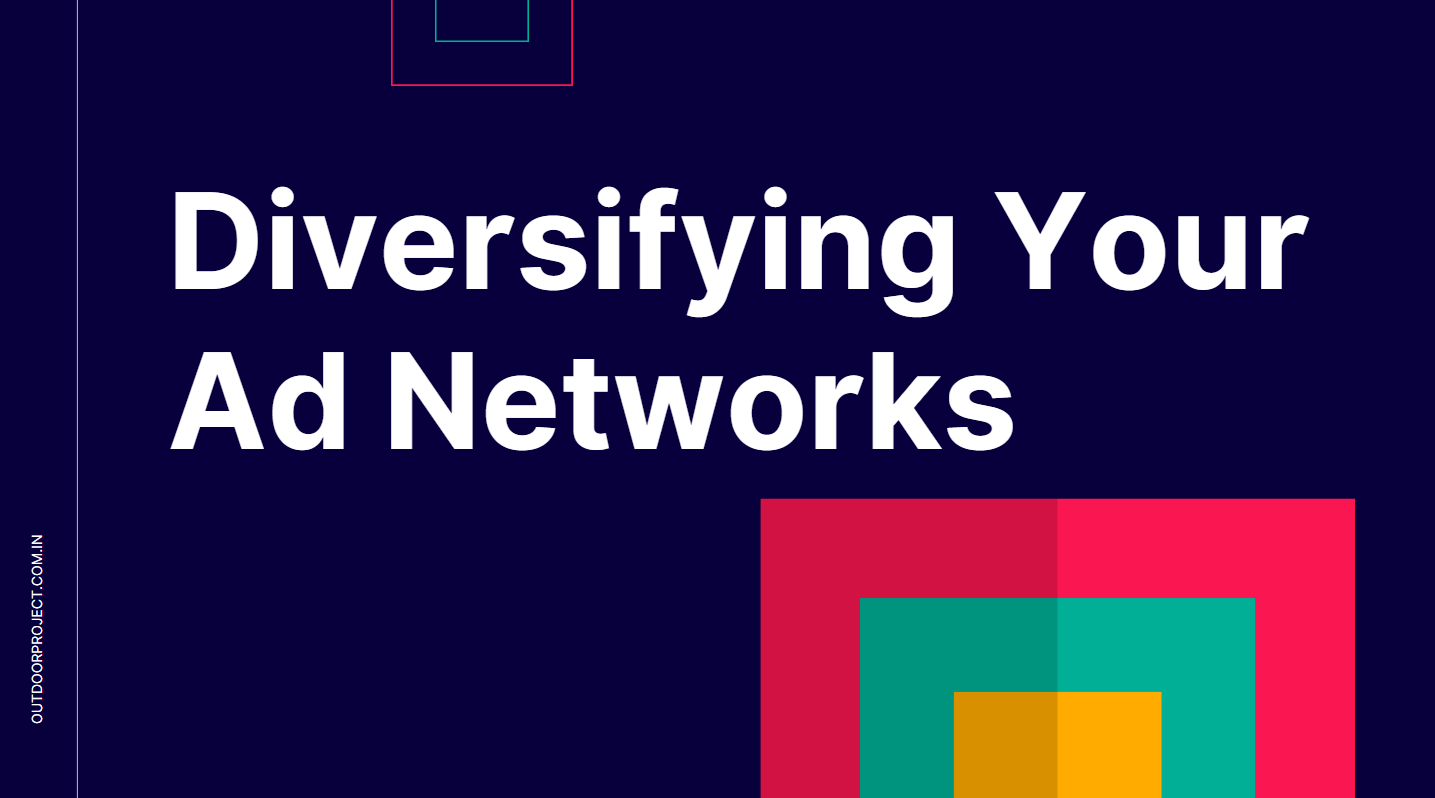Imagine how your revenue would change if Google AdSense stopped working one day. The fact is, over 80% of publishers rely on a single ad network to monetize their ad inventory. And only about 20% of publishers use multiple ad networks, an approach that increases their revenue by 30%. These numbers underscore the importance of ad network diversification as a solution to single network dependency and increased revenue stability. SmartyAds experts write about the best alternatives to Google AdSense in detail and with examples (https://smartyads.com/blog/best-google-adsense-alternatives-for-publishers). In this article, we focus on the importance of diversifying your ad network connections to reduce the potential risks associated with relying on a single source.
Why diversify ad networks?
But let’s start with the reasons why publishers are held hostage to a single ad network to understand the answers to the problems of a differentiated approach. The main one is the simplicity and convenience of a single network, which eliminates the need to understand the technicalities of multiple platforms to manage them simultaneously. The familiarity and credibility of a platform such as Google AdSense lends itself to an already proven toolkit that comes with a number of limitations:
- Text ads: Simple blocks of text that may not attract as much attention as visual formats.
- Media ads: Graphic banners that may be limited in size and position on the page.
- Video ads: Videos that can be embedded in content, but are not always appropriate for all types of sites.
- Native Ads: Ads that integrate with content but require careful customization to match the style of the site.
The most common reason why publishers stick to one platform is technical. Publishers don’t have the knowledge or resources to integrate their ad inventory with multiple ad networks. It’s about setting up tracking and performance codes that provide feedback that needs to be interpreted to optimize campaigns — it’s all too complicated. Then there’s the fear of change and the perception it will save time — so the cycle of network dependency is complete. Read more in Biz Tech Weekly about suing monopolists.
But there is a downside to this unilateral approach. In addition to creating financial instability and dependence on the decisions of a single company, using a single network also limits access to different ad formats and potential advertisers, limiting opportunities for growth. In addition, no one has eliminated the risk of account suspension for non-compliance, and the lack of flexibility adds insult to injury by limiting the ability to customize and optimize campaigns to meet specific audience and content needs. The cumulative effect of all the restrictions associated with network dependency will sooner or later realize the risks of significant losses.
Benefits of diversification
Thus, we come to the main point — why diversify advertising networks? In addition to the current problems already listed above, which diversification is designed to solve, it is worth noting the prospects for a separate approach in the categories of benefits:
- Resilient to market changes: By using multiple ad networks, publishers can respond more quickly to emerging technology trends — such as programmatic advertising, AI and machine learning — and changing audience demands.
- Increased monetization opportunities: Different networks offer different formats for publishers to experiment with. These include native advertising, video ads, and push notifications.
- Innovation and evolution: Working with multiple networks encourages publishers to find new solutions and technologies to optimize campaigns by improving the user experience.
- Long-term growth: Using multiple networks allows publishers to plan and invest in their content and audience development.
A differentiated approach to ad networks can be compared to investments — these should be in different portfolios to minimize risks, be they technological, regulatory or financial. Connecting to additional ad networks should also prepare you for the transition period to interactive formats and programmatic in outdoor advertising, which will become relevant in 2-3 years.
Monetization beyond Google AdSense
If you have a blog, Google AdSense is just the beginning, and that it’s worth going beyond it to maximize revenue. In general, the alternatives to Google AdSense offer more favorable terms, depending on niche and site traffic. Let’s turn to the somewhat generalized experience of the already familiar SmartyAds that characterizes the best substitutions to Google AdSense for advertisers:
- Variety of ad formats: Mobile ads, text ads, native ads, video ads and interactive banners are all highly programmatic ads, allowing publishers to choose the most appropriate formats for their audience and content.
- Lower commissions: Unlike Google AdSense, which takes around 32% commission, some alternative networks offer publishers more favorable terms.
- Support for multiple languages and regions: Alternatives can be more flexible in supporting different languages and regions, which is especially important for publishers with an international audience.
Don’t put all your eggs in one basket. Even AdSense has its limitations. Using alternative networks like SmartyAds offers bloggers much more — international support and technical support, which together not only potentially increases their revenue, but also provides sustainability and flexibility for years to come. Think with Google offers 4 steps to protect your programmatic strategy going forward.
Two approaches for monetizing ad inventory
| Criteria | Google AdSense | Alternative Networks | Monetization |
| Ad Formats | Limited formats | Wide variety of formats, including interactive and video | CPM |
| Ad Placement | Manual or auto ads | Full automation through programmatic technology | CPC |
| Analytics & Optimization | Basic tools | Advanced analytics and A/B testing | CPA |
| Commissions | Around 32% | More favorable terms for publishers | CPM |
| Language & Region Support | Limited | Flexible support for multiple languages and regions | CPC |
Bottom Line
Diversifying your ad network is a smart strategy necessary for long-term growth and stability. By relying solely on Google AdSense, you risk losing your revenue potential, flexibility, and ability to adapt to market changes. By taking advantage of the best Google AdSense alternatives for publishers, you’ll open up more monetization opportunities by gaining access to cutting-edge formats such as programmatic and interactive advertising. This diversified approach not only increases immediate revenue, but also prepares you for future changes in the advertising landscape. So don’t put all your eggs in one basket – invest in your advertising strategy today to ensure a more sustainable tomorrow.


Leave a Reply